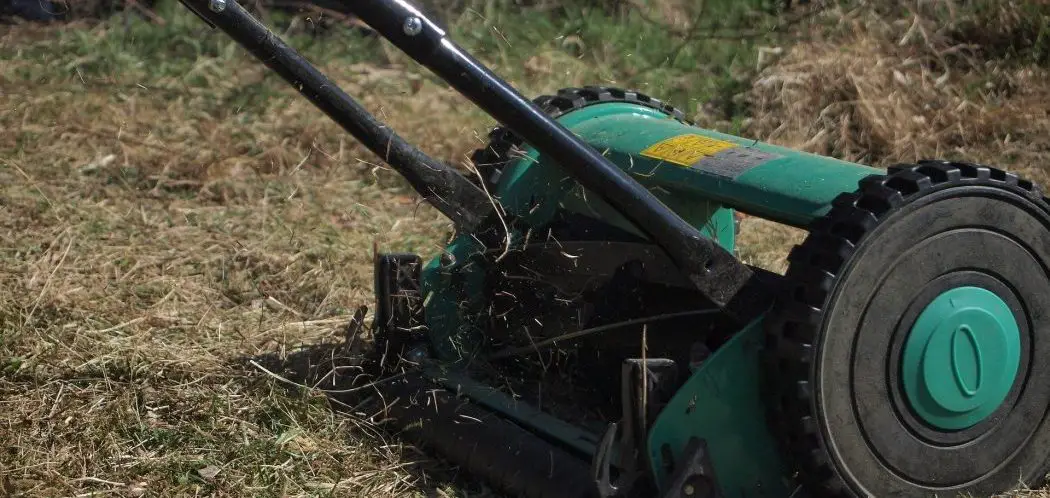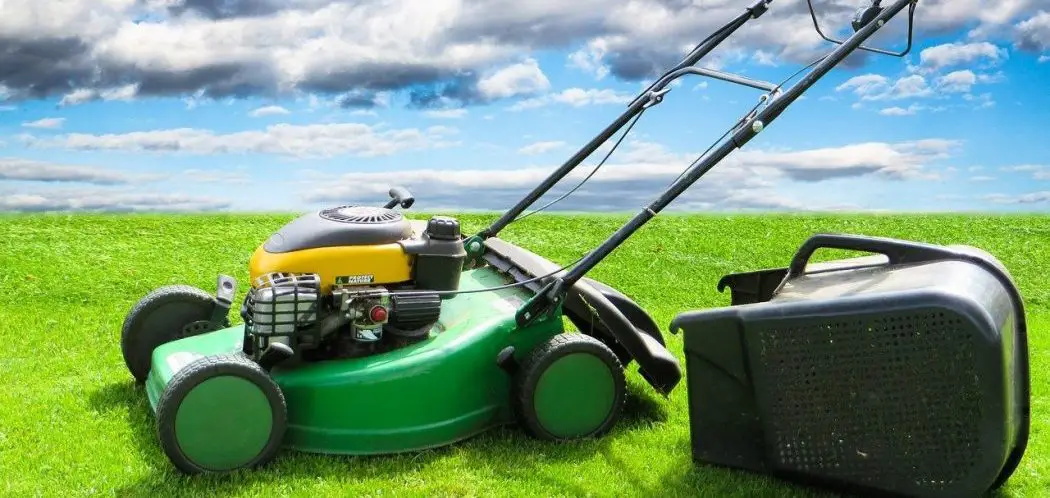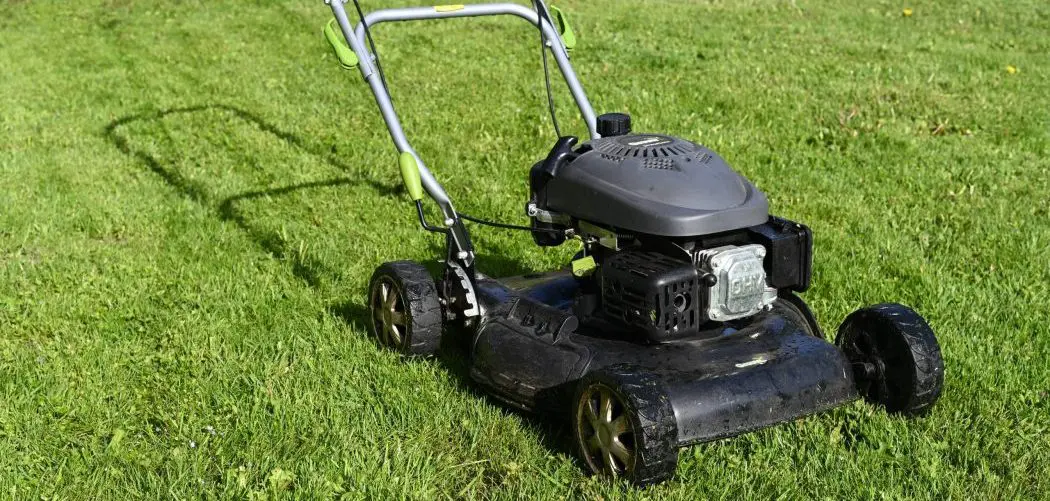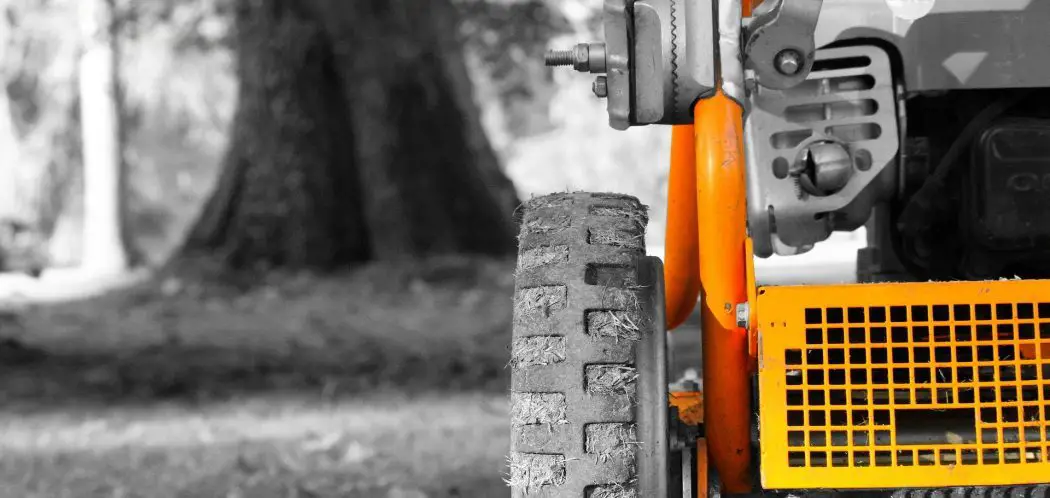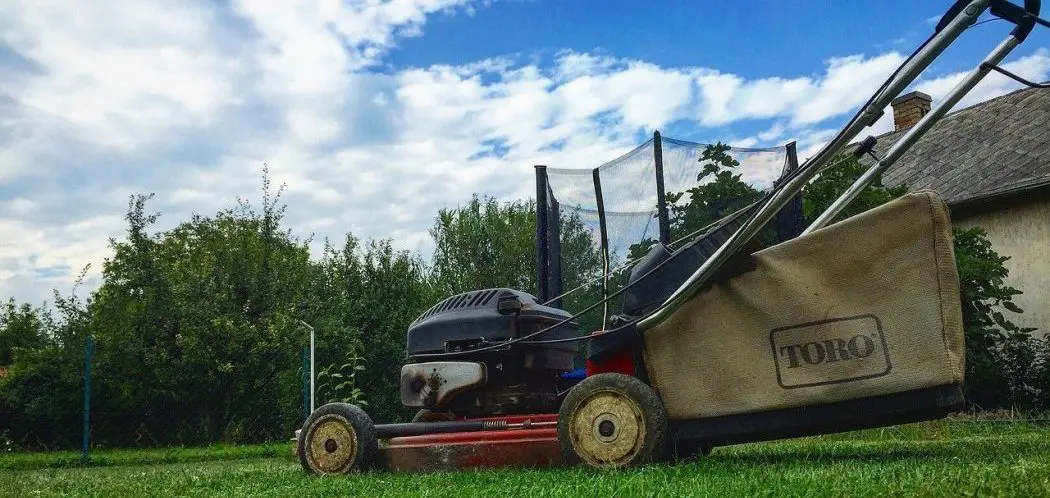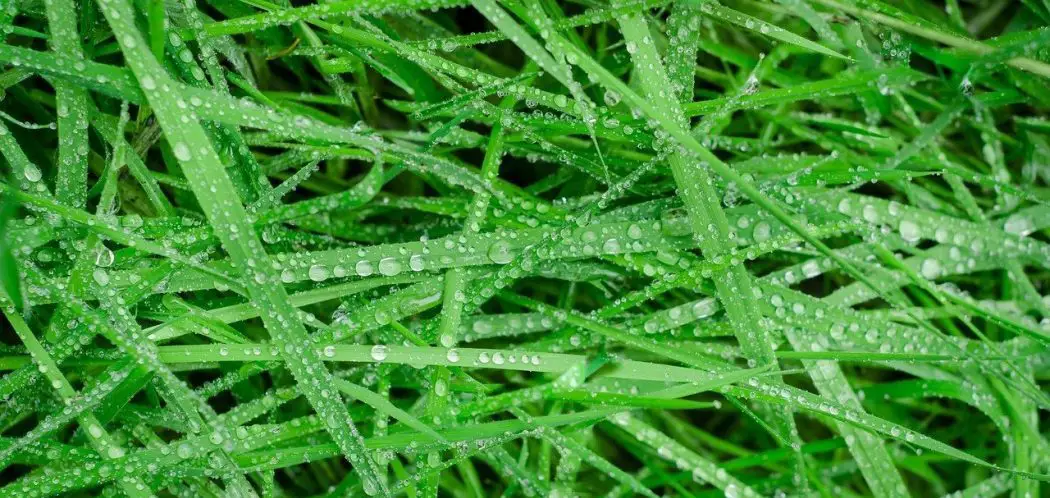People sometimes wonder if mowing the lawn is a chemical or physical change. A physical change occurs when a substance changes its physical properties but is still the same substance. A chemical change, on the other hand, is a change that occurs when substances combine to form a new substance.
Mowing the lawn is a physical change. When you mow the lawn, you are cutting the top of the grass blades off. You are changing the height of the grass but it retains the same qualities of grass. It will grow again and it stays the same. When you change the length of the grass, you are changing a physical property but it is still grass and it will grow again.
What Are the Differences Between Physical and Chemical Changes?
The simple way to understand the differences between physical and chemical changes is the following: in a physical change, a substance changes form without changing its composition, while in a chemical change, a substance combines with another substance to make a new substance. In the case of mowing the lawn, it changes form because the grass is shorter but it doesn’t become a new substance.
Physical changes include changes such as substances changing from a solid to a liquid to a gas, cutting, dissolving, freezing, boiling, and melting. In any of these changes, the substance retains its qualities that make it what it is.
Chemical changes are different. They turn a substance into a new substance altogether. Chemical changes include burning wood, cooking food, food going bad, rust, burning leaves, and more. Once these changes occur, the substance cannot go back to the original substance. For example, if you have a pile of leaves and grass cuttings and you burn it, the debris will change to a new substance. It can never be grass and leaves again. That is what makes something a chemical change.
What Are the Physical Properties of Grass?
Grass is a monocotyledon plant that has jointed stems and sheathed leaves. These leaves, which we call blades, are usually upright and cylindrical. They grab the soil with their roots. You can grow grass from seeds. The seeds first send roots out and the roots anchor the grass into the soil. The stems and leaves come up to the surface and the grass continues to grow as long as it has nourishment, water, and sunlight.
When you cut grass, you are shortening it and changing its length but it is still grass. The grass will continue growing after you mow the lawn. You can cut any amount off of the top of the blades of the grass and it will still be grass. For this reason, it is a physical change.
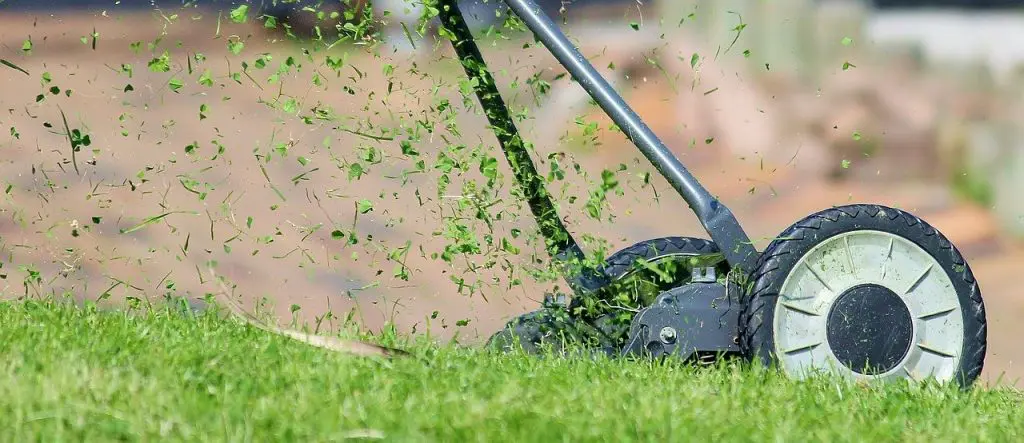
Can Grass Undergo a Chemical Change?
Grass can undergo a chemical change if you do something to it that changes its form. For instance, the cuttings from the grass undergo a chemical change because they will decompose. Once the grass cuttings have decomposed back into the soil, they are no longer grass. They become nutrients for other organisms but they can not be put back together to form grass.
If you burn the grass cuttings, this is also a chemical change. In addition, if you pour chemicals over the grass to kill it, this is also a chemical change. Anything that changes grass into a form where it is no longer grass is a chemical change.
Another chemical change is grass growing. When grass grows, it takes in water, carbon dioxide, and energy from the sun and it produces glucose and oxygen. This process is called photosynthesis and it is how all plants grow. They use photosynthesis to create new molecules of grass, which is what causes the growth. To make this happen, it takes the original molecules, breaks them down with the energy from the sun, and produces new molecules. Because it creates a new substance that cannot be returned to its original state, it is a chemical change.
Why Is Grass Growing a Chemical Change, but Cutting Grass a Physical One?
This is a logical question but the answer is fairly uncomplicated. The process of photosynthesis, which allows grass and all plants to grow, is a chemical change because it takes specific molecules and uses energy from the rays of the sun to convert them into new molecules. Grass begins as a seed and once it becomes a plant, it cannot be a seed again. Without the addition of the light from the sun, it is unable to change from a seed into a blade of grass.
When you cut grass, you aren’t changing its composition. You are simply reducing the length of the blade. That is why this is a simple physical change.
One of the most interesting concepts related to how grass grows is the Law of Conservation of Matter. This law says that matter is never created or destroyed, but it changes form. When you look at the formula for photosynthesis, you can see that this is, in fact, true. Carbon dioxide uses one molecule of carbon and two molecules of oxygen, and water includes two molecules of hydrogen and one molecule of oxygen.
Photosynthesis takes six molecules of each and uses energy from the sun to convert it into a molecule of glucose and six molecules of oxygen. Glucose has six carbon molecules, twelve hydrogen molecules, and six oxygen molecules. Oxygen has two molecules of oxygen. The total number of molecules on each side include six molecules of carbon, twelve molecules of hydrogen, and eighteen molecules of oxygen. If you look at the equation, those numbers never change; they are simply combined differently. That is an example of a chemical change and conservation of matter.
Final Words
People often wonder, “Is mowing the lawn a chemical or physical change?” It is definitely an interesting question that helps you understand the nature of grass. The answer is that moving the lawn is a physical change because it retains the qualities of grass in spite of being cut shorter.

